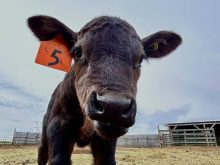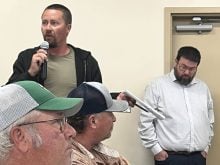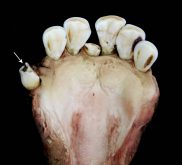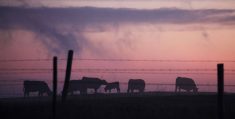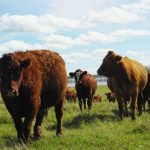MOOSE JAW, Sask. – A competitive analysis of Saskatchewan’s cattle industry has yielded few surprises.
The man who conducted the study said that’s not necessarily a bad thing.
Dennis McGivern, vice-president of Informa Economics in Memphis, Tennessee, said the province needed a quantified baseline to develop a livestock strategy.
While releasing the cattle portion of his work at the Saskatchewan Stock Growers Association annual meeting earlier this month, McGivern told producers they have a strong competitive position in the North American cow-calf and backgrounding sectors, have above average production management skills and enjoy access to quality feed.
Read Also
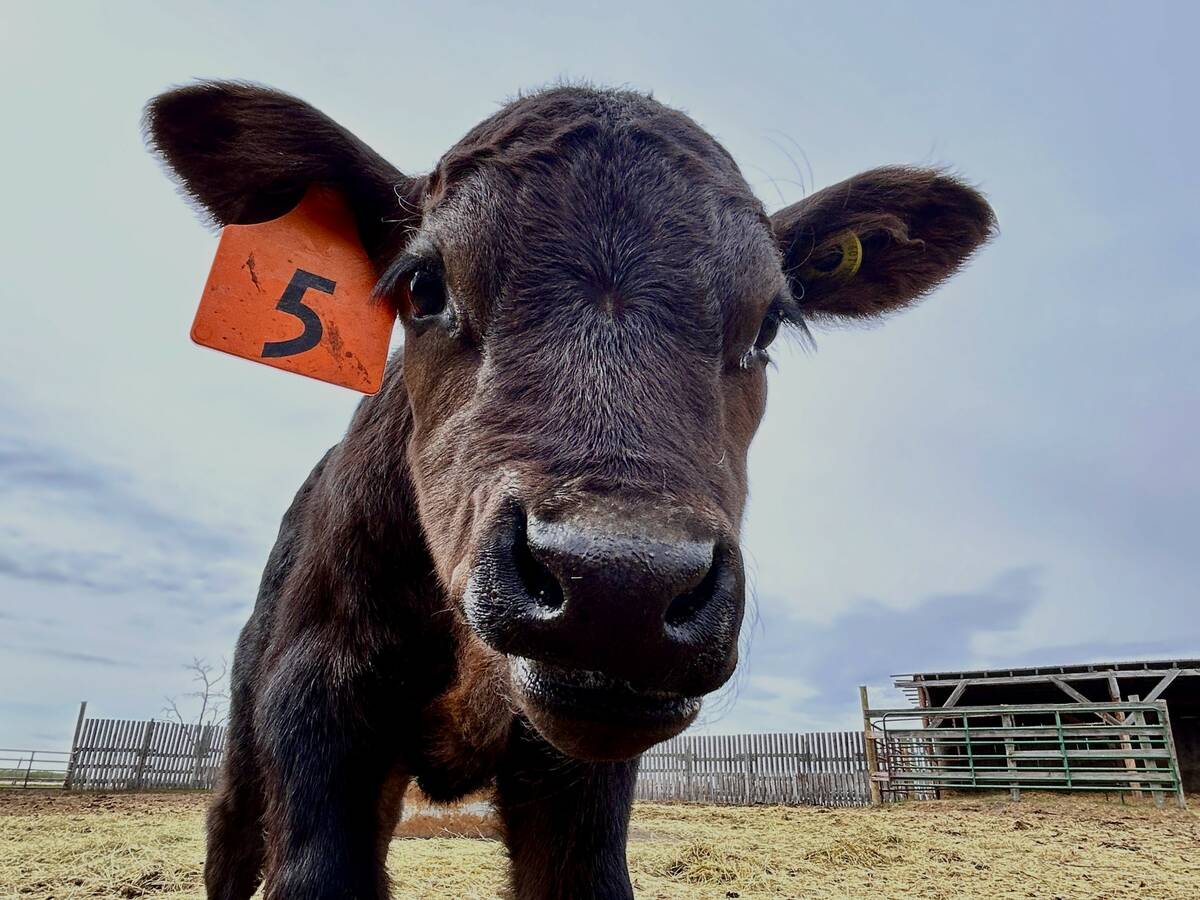
Calf hormone implants can give environmental, financial wins
Hormone implants can lead to bigger calves — reducing greenhouse gas intensity, land use intensity and giving the beef farmer more profit, Manitoba-based model suggests.
However, the feedlot sector is not competitive with larger players in southern Alberta and the American Midwest, and slaughter and processing capacity is notably deficient.
“It’s pretty apparent when you have all your packing-processing leave the province,” McGivern said of the deficiencies. “Many of the weaknesses and advantages that we identified in the cattle end were also repeats on the hog industry.”
Associate deputy agriculture minister Nithi Govindasamy said Informa did a good job of pointing out the strengths and weaknesses and providing a basis for the ministry to help the industry improve.
He said work on the strategy will be done this summer and the “first cut” should be done by the season’s end.
“Obviously, then we’ll be kind of using the industry at that point in terms of firming up action that both governments and industry will take from this point on.”
McGivern said it is critical that government and industry work together.
“You can’t have the government working in a vacuum and you can’t have the producers going it alone.”
Although he is not directly involved in developing the strategy, McGivern said the province must feed more cattle if it wants a viable slaughter sector.
“Certainly there is way more feeder cattle available in this province than there is bunk capacity,” he said.
Some argue that Alberta bought its feedlot industry, he added, and it’s expensive for others province to do the same.
One role for government might be to eliminate impediments that would prevent entrepreneurs from starting a new operation.
McGivern said Saskatchewan’s environmental regulations are not excessive for those who want to build feedlots, which is a strength that could be used to advantage.





